If you get the ransomware/virus below, hopefully shutting off your computer will work for you. Don't panic, I've always been able to fix these myself. Never pay anyone to "fix" it for you! Microsoft will remove virus, malware and ransomware from your Microsoft computer for free at Metrotown. Message me for the phone number to make an appointment. Here is some information I found:
VIRUS ALERT FROM MICROSOFT removal instructions
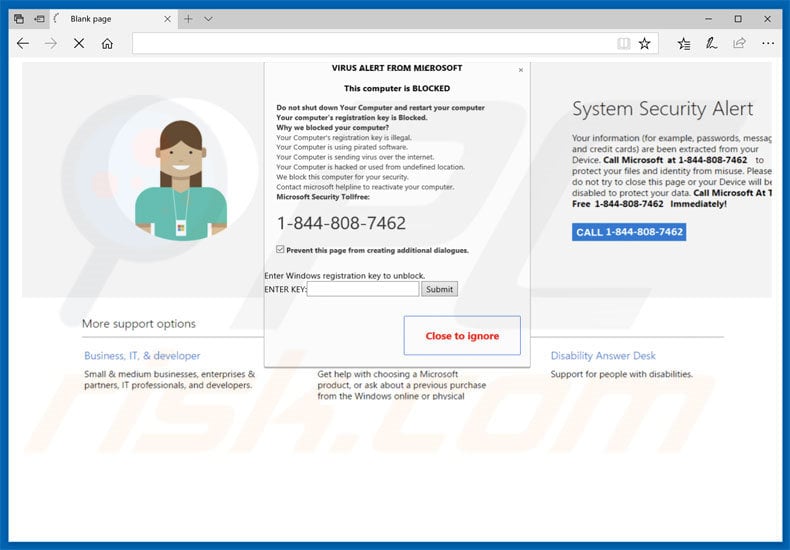
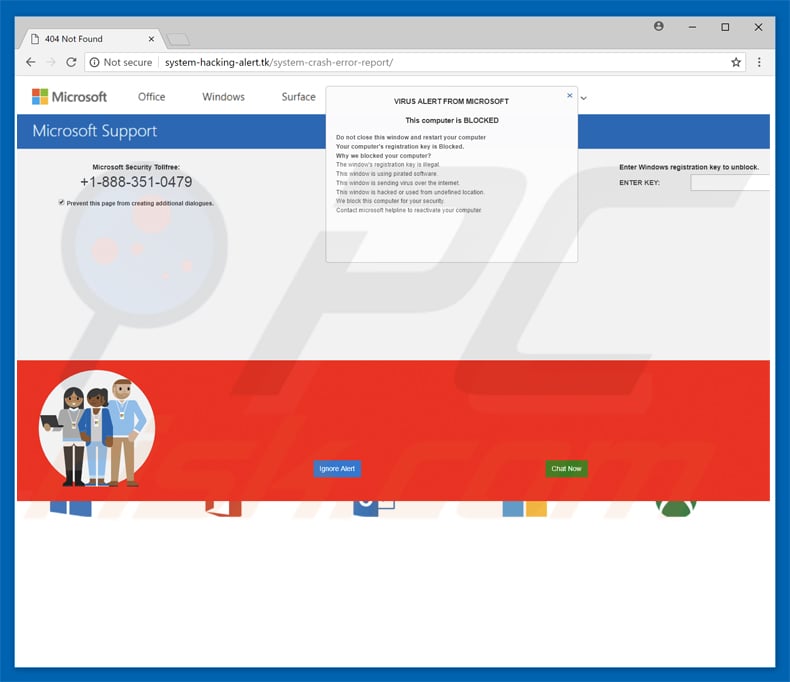

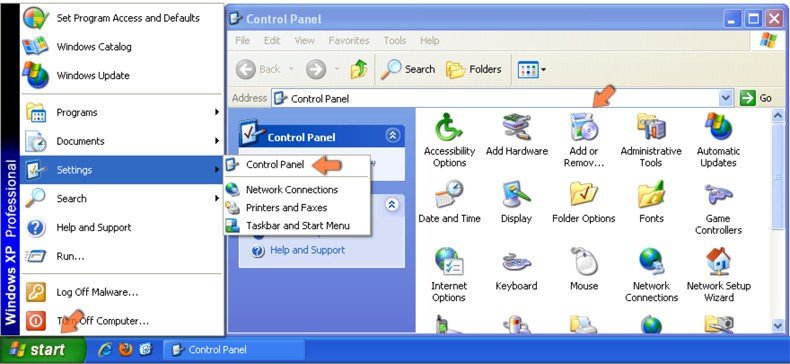

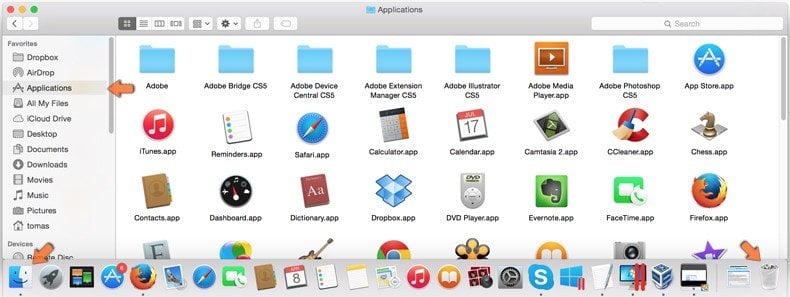
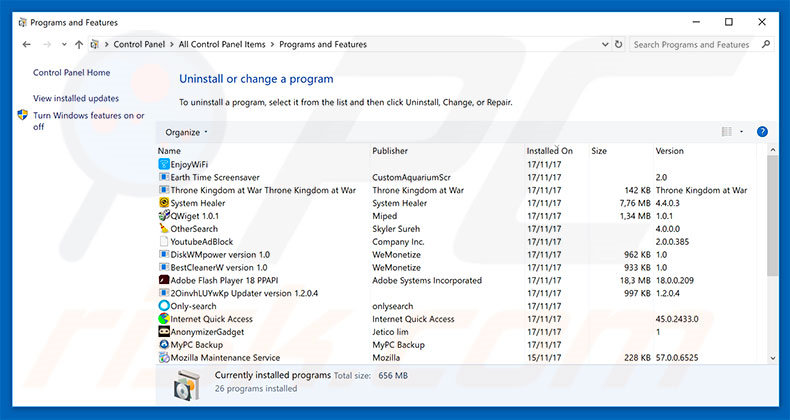
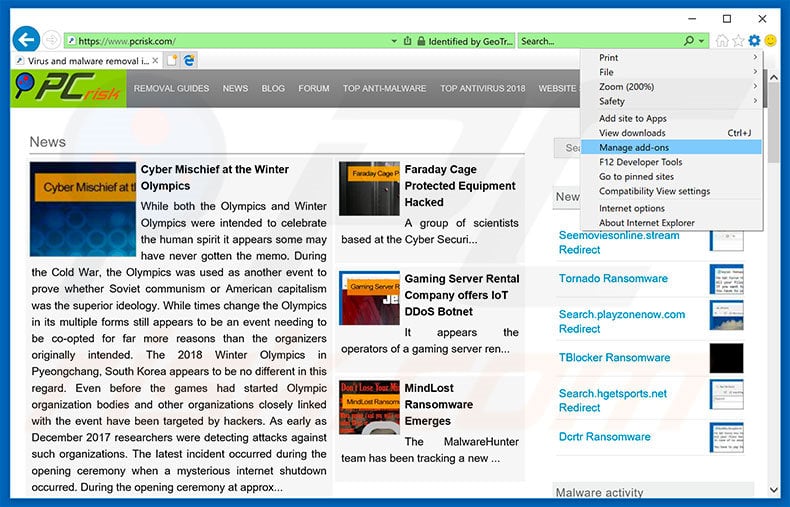
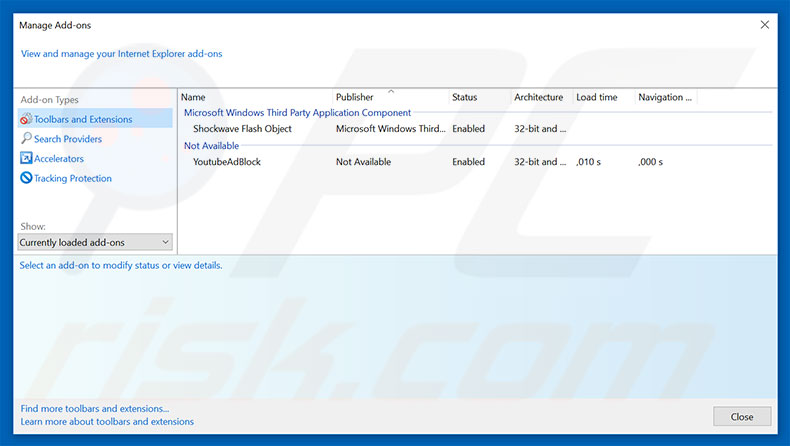






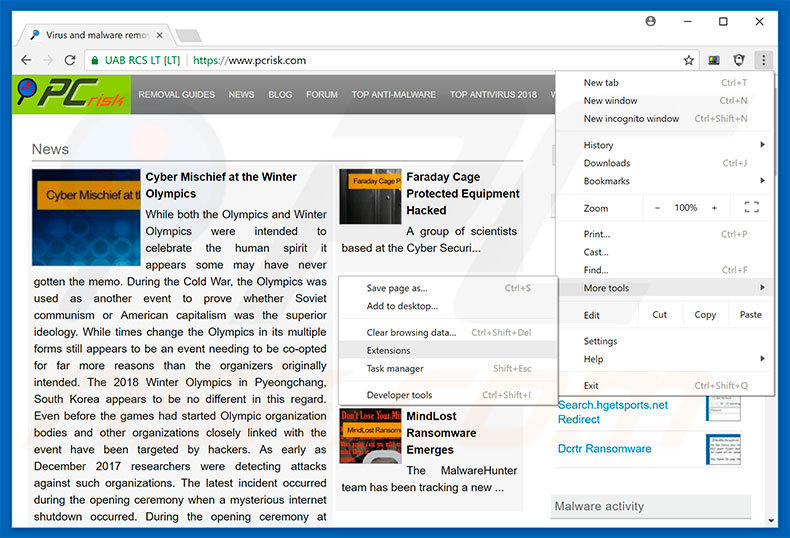
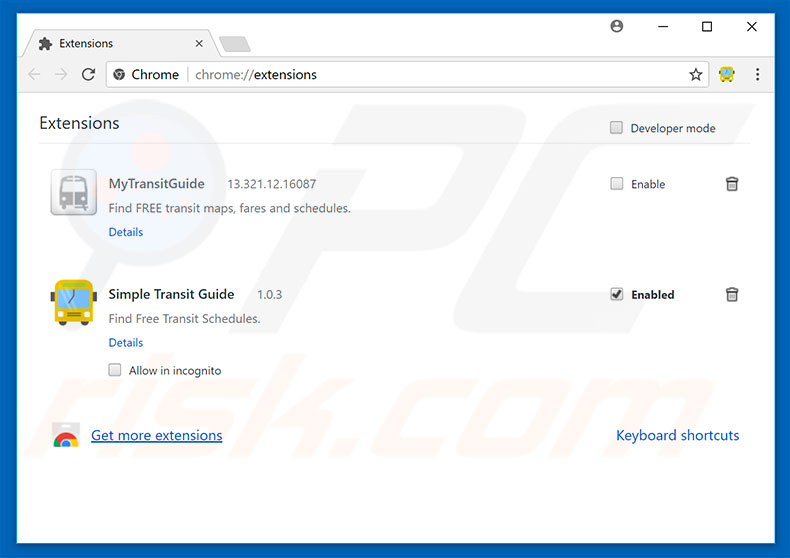



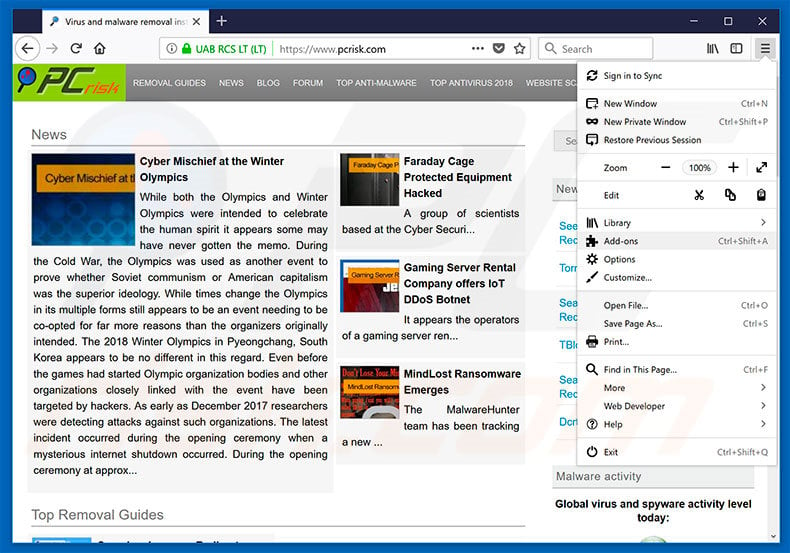
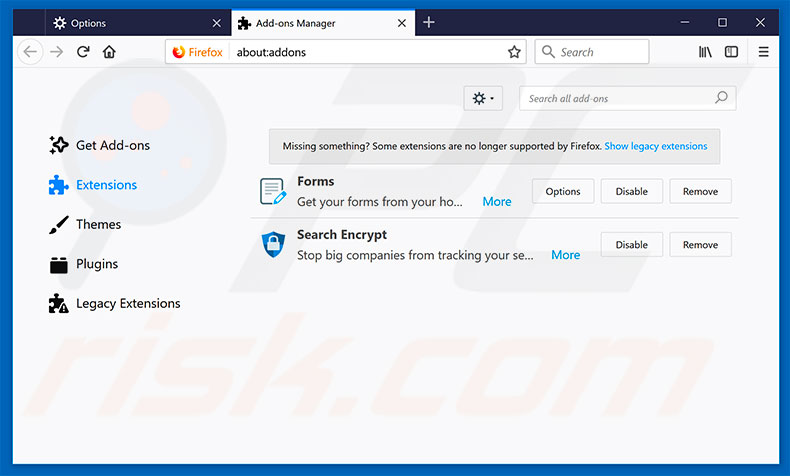








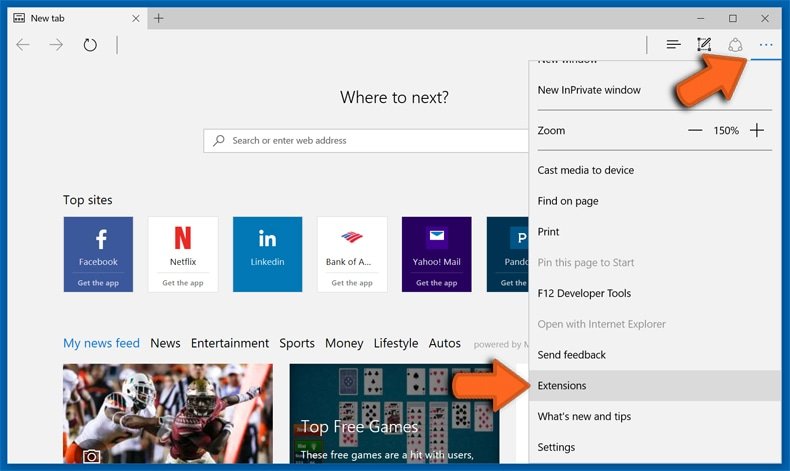
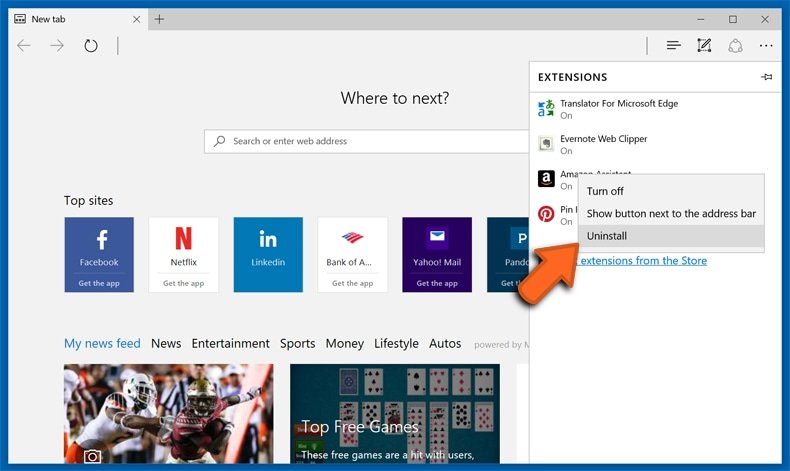
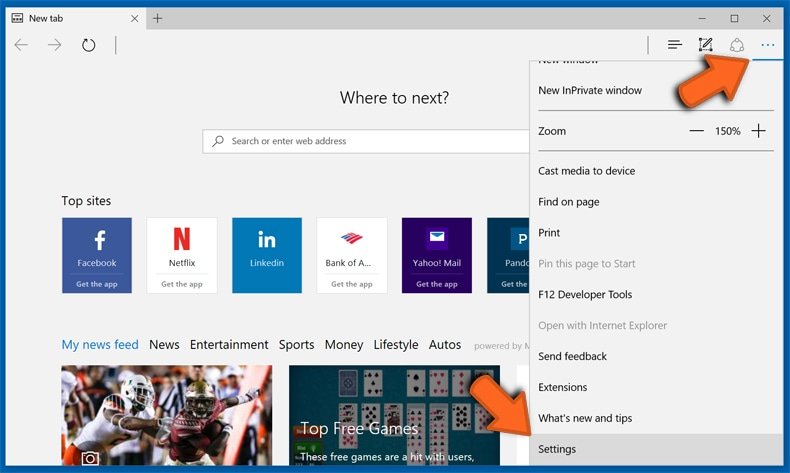
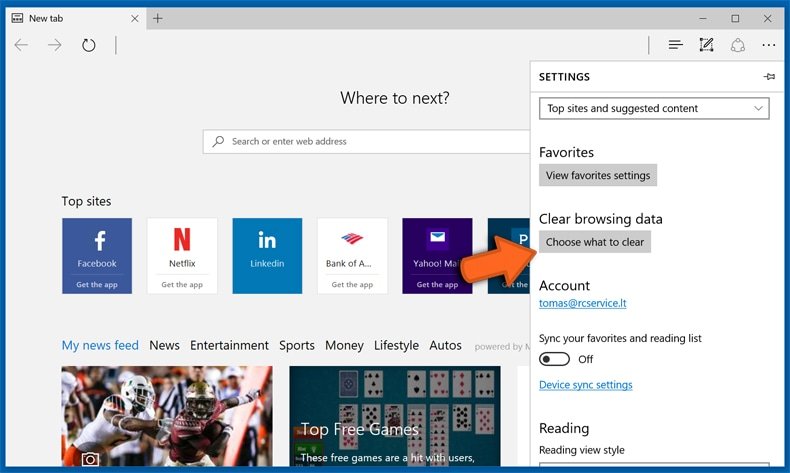
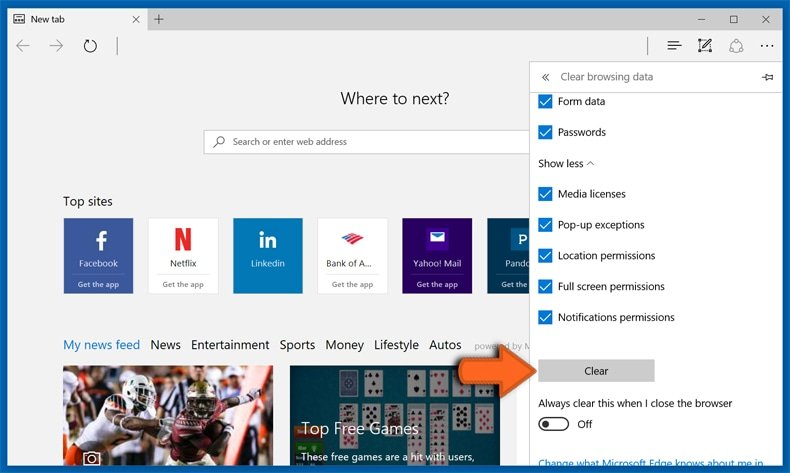
 Commonly, adware or potentially unwanted applications infiltrate Internet browsers through free software downloads. Note that the safest source for downloading free software is via developers' websites only. To avoid installation of adware, be very attentive when downloading and installing free software. When installing previously-downloaded free programs, choose the custom or advancedinstallation options – this step will reveal any potentially unwanted applications listed for installation together with your chosen free program.
Commonly, adware or potentially unwanted applications infiltrate Internet browsers through free software downloads. Note that the safest source for downloading free software is via developers' websites only. To avoid installation of adware, be very attentive when downloading and installing free software. When installing previously-downloaded free programs, choose the custom or advancedinstallation options – this step will reveal any potentially unwanted applications listed for installation together with your chosen free program.
What is VIRUS ALERT FROM MICROSOFT?
Displayed by a malicious website, "VIRUS ALERT TO MICROSOFT" is a fake error claiming that the system has detected suspicious activity. In most cases, users visit this website inadvertently - they are redirected by various potentially unwanted programs (PUPs) that infiltrate systems without permission. As well as causing redirects, PUPs deliver intrusive advertisements, gather sensitive data, and sometimes misuse system resources to run unnecessary background processes.

The "VIRUS ALERT TO MICROSOFT" error states that the system is not legitimate, running pirated software, proliferating viruses over the Internet, and could potentially be hacked. For these reasons it must be blocked. To resolve these issues, users are encouraged to immediately contact Microsoft's tech support via a telephone number ("1-844-808-7462") provided. Victims then supposedly receive help in resolving these issues. Be aware, however, that "VIRUS ALERT TO MICROSOFT" is a scam. It is fake and has nothing to do with Microsoft. In fact, cyber criminals generate revenue by claiming to be certified technicians and to trick users into paying for support that is not needed. All aforementioned claims are false. In addition, criminals often demand remote access to victims' computers to change system settings and install malware. They then claim to "detect" additional issues and offer further help for extra fees. For these reasons, we strongly advise you to ignore the "VIRUS ALERT TO MICROSOFT" message and never call the telephone number. This error can be removed simply by closing the web browser (preferably, using Task Manager) or rebooting the system (some websites employ scripts that prevent users from closing the browser). After re-running the browser, never restore the previous session, otherwise you will return to the malicious site.
Potentially unwanted programs are known to deliver coupon, banner, pop-up, and other similar ads. To achieve this, developers employ various tools (e.g., "virtual layer") that enable placement of third party graphical content on any site. Therefore, displayed ads often conceal visited website content, significantly diminishing the web browsing experience. Furthermore, the ads might redirect to malicious sites and even run scripts that download/install malware. Therefore, even a single click can result in high-risk computer infections. Another downside is information tracking. Potentially unwanted programs gather various information that typically includes personal details. Developers sell the collected data to third parties (cyber criminals) who misuse personal details to generate revenue. This behavior can lead to serious privacy issues. In addition, PUPs misuse system resources to mine cryptocurrencies or run other unwanted processes in the background. By misusing resources without users' consent, PUPs significantly reduce overall system performance. For these reasons, all potentially unwanted programs must be uninstalled immediately.
"VIRUS ALERT FROM MICROSOFT" is virtually identical to Firefox Requires A Manual Update, CRITICAL ALERT FROM MICROSOFT, Windows Firewall Warning Alert, and many others. All state that the system is damaged/corrupted, however, these claims are merely attempts to extort money from unsuspecting users. Most PUPs share many similarities. By offering various 'useful features', they attempt to give the impression of legitimacy, however, PUPs are designed only to generate revenue for the developers and deliver no real value for regular users.
How did potentially unwanted programs install on my computer?
As mentioned above, PUPs usually infiltrate systems without permission due to the lack of knowledge and careless behavior of many users. Developers proliferate PUPs using a deceptive marketing method called "bundling" and intrusive advertisements. "Bundling" is stealth installation of unwanted programs with regular software/apps. Developers do not disclose installation of "bundled" software properly - they hide PUPs within various sections (in most cases, "Advanced/Custom" settings) of the download/installation processes. Many users rush these procedures, skip steps, and click advertisements. This behavior often leads to inadvertent installation of potentially unwanted programs.
How to avoid installation of potentially unwanted applications?
The key to computer safety is caution. Therefore, pay close attention when browsing the Internet and, especially when downloading/installing software. Bear in mind that intrusive ads look legitimate, but once clicked, redirect to gambling, adult dating, pornography, and other dubious sites. If you experience these ads, immediately remove all dubious applications and browser plug-ins. Carefully analyze each window of the download/installation dialogs using the "Custom" or "Advanced" settings. Opt-out of all additionally-included programs and decline offers to download/install them. Avoid using third party downloaders/installers, since criminals use them to promote rogue apps ("bundling" method). Software should be downloaded from official sources only, using a direct download link.
Text presented in "VIRUS ALERT FROM MICROSOFT" pop-up:
VIRUS ALERT FROM MICROSOFT
This computer is BLOCKED
Do not shut down Your Computer and restart your computer
Your computer's registration key is Blocked.
Why we blocked your computer?
Your Computer's registration key is illegal.
Your Computer is using pirated software.
Your Computer is sending virus over the internet.
Your Computer is hacked or used from undefined location.
We block this computer for your security.
Contact Microsoft helpline to reactivate your computer.
Text presented in the malicious website:
Your Computer is permanently blocked. Call Support at 1-844-808-7462
System Security Alert
Your information (for example, passwords, messages and credit cards) are been extracted from your Device. Call Microsoft
at 1-844-808-7462 to protect your files and identity from misuse, Please do not try to close this page or your Device will be disabled to
protect your data. Call Microsoft At Toll Free 1-844-808-7462
Another variant of "Virus Alert from Microsoft" tech support pop-up scam (tech support scammers are using +1-888-351-0479 phone number):

Instant automatic removal of VIRUS ALERT FROM MICROSOFT virus:Manual threat removal might be a lengthy and complicated process that requires advanced computer skills. Spyhunter is a professional automatic malware removal tool that is recommended to get rid of VIRUS ALERT FROM MICROSOFT virus. Download it by clicking the button below:▼ DOWNLOAD SpyhunterBy downloading any software listed on this website you agree to our Privacy Policy and Terms of Use. Free scanner checks if your computer is infected. To remove malware, you have to purchase the full version of Spyhunter.
Quick menu:
- What is VIRUS ALERT FROM MICROSOFT?
- STEP 1. Uninstall deceptive applications using Control Panel.
- STEP 2. Remove adware from Internet Explorer.
- STEP 3. Remove rogue extensions from Google Chrome.
- STEP 4. Remove potentially unwanted plug-ins from Mozilla Firefox.
- STEP 5. Remove rogue extensions from Safari.
- STEP 6. Remove rogue plug-ins from Microsoft Edge.
Removal of potentially unwanted programs:
Windows 7 users:

Click Start (Windows Logo at the bottom left corner of your desktop), choose Control Panel. Locate Programsand click Uninstall a program.
Windows XP users:

Click Start, choose Settings and click Control Panel. Locate and click Add or Remove Programs.
Windows 10 and Windows 8 users:

Right-click in the lower left corner of the screen, in the Quick Access Menu select Control Panel. In the opened window choose Programs and Features.
Mac OSX users:

Click Finder, in the opened screen select Applications. Drag the app from the Applications folder to the Trash(located in your Dock), then right click the Trash icon and select Empty Trash.

In the uninstall programs window, look for any suspicious/recently-installed applications, select these entries and click "Uninstall" or "Remove".
After uninstalling the potentially unwanted program, scan your computer for any remaining unwanted components or possible malware infections. To scan your computer, use recommended malware removal software.
Remove rogue extensions from Internet browsers:
Video showing how to remove potentially unwanted browser add-ons:
 Remove malicious add-ons from Internet Explorer:
Remove malicious add-ons from Internet Explorer:

Click the "gear" icon  (at the top right corner of Internet Explorer), select "Manage Add-ons". Look for any recently-installed suspicious browser extensions, select these entries and click "Remove".
(at the top right corner of Internet Explorer), select "Manage Add-ons". Look for any recently-installed suspicious browser extensions, select these entries and click "Remove".

Optional method:
If you continue to have problems with removal of the "virus alert from microsoft" virus, reset your Internet Explorer settings to default.
Windows XP users: Click Start, click Run, in the opened window type inetcpl.cpl In the opened window click the Advanced tab, then click Reset.

Windows Vista and Windows 7 users: Click the Windows logo, in the start search box type inetcpl.cpl and click enter. In the opened window click the Advanced tab, then click Reset.

Windows 8 users: Open Internet Explorer and click the gear icon. Select Internet Options.

In the opened window, select the Advanced tab.

Click the Reset button.

Confirm that you wish to reset Internet Explorer settings to default by clicking the Reset button.

 Remove malicious extensions from Google Chrome:
Remove malicious extensions from Google Chrome:

Click the Chrome menu icon  (at the top right corner of Google Chrome), select "More tools" and click "Extensions". Locate all recently-installed suspicious browser add-ons, select these entries and click the trash can icon.
(at the top right corner of Google Chrome), select "More tools" and click "Extensions". Locate all recently-installed suspicious browser add-ons, select these entries and click the trash can icon.

Optional method:
If you continue to have problems with removal of the "virus alert from microsoft" virus, reset your Google Chrome browser settings. Click the Chrome menu icon  (at the top right corner of Google Chrome) and select Settings. Scroll down to the bottom of the screen. Click the Advanced… link.
(at the top right corner of Google Chrome) and select Settings. Scroll down to the bottom of the screen. Click the Advanced… link.

After scrolling to the bottom of the screen, click the Reset (Restore settings to their original defaults) button.

In the opened window, confirm that you wish to reset Google Chrome settings to default by clicking the Resetbutton.

 Remove malicious plug-ins from Mozilla Firefox:
Remove malicious plug-ins from Mozilla Firefox:

Click the Firefox menu  (at the top right corner of the main window), select "Add-ons". Click on "Extensions", in the opened window, remove all recently-installed suspicious browser plug-ins.
(at the top right corner of the main window), select "Add-ons". Click on "Extensions", in the opened window, remove all recently-installed suspicious browser plug-ins.

Optional method:
Computer users who have problems with "virus alert from microsoft" virus removal can reset their Mozilla Firefox settings.
Open Mozilla Firefox, at the top right corner of the main window, click the Firefox menu,  in the opened menu, click Help.
in the opened menu, click Help.

Select Troubleshooting Information.

In the opened window, click the Refresh Firefox button.

In the opened window, confirm that you wish to reset Mozilla Firefox settings to default by clicking the Refresh Firefox button.

 Remove malicious extensions from Safari:
Remove malicious extensions from Safari:

Make sure your Safari browser is active, click Safari menu, and select Preferences....

In the opened window click Extensions, locate any recently installed suspicious extension, select it and click Uninstall.
Optional method:
Make sure your Safari browser is active and click on Safari menu. From the drop down menu select Clear History and Website Data...

In the opened window select all history and click the Clear History button.

 Remove malicious add-ons from Microsoft Edge:
Remove malicious add-ons from Microsoft Edge:

Click the three horizontal dots icon  (at the top right corner of Microsoft Edge), select "Extensions". Look for any recently-installed suspicious extensions, right click your mouse on these entries and click "Uninstall".
(at the top right corner of Microsoft Edge), select "Extensions". Look for any recently-installed suspicious extensions, right click your mouse on these entries and click "Uninstall".

Optional method:
Click the three horizontal dots icon  (at the top right corner of Microsoft Edge), and select Settings.
(at the top right corner of Microsoft Edge), and select Settings.

In the opened tab, click the "Choose what to clear" button.

Click Show more and select everything, and then click the "Clear" button.

- If this didn't help, please follow these alternative instructions explaining how to reset Microsoft Edge browser.
Summary:
 Commonly, adware or potentially unwanted applications infiltrate Internet browsers through free software downloads. Note that the safest source for downloading free software is via developers' websites only. To avoid installation of adware, be very attentive when downloading and installing free software. When installing previously-downloaded free programs, choose the custom or advancedinstallation options – this step will reveal any potentially unwanted applications listed for installation together with your chosen free program.
Commonly, adware or potentially unwanted applications infiltrate Internet browsers through free software downloads. Note that the safest source for downloading free software is via developers' websites only. To avoid installation of adware, be very attentive when downloading and installing free software. When installing previously-downloaded free programs, choose the custom or advancedinstallation options – this step will reveal any potentially unwanted applications listed for installation together with your chosen free program.Removal assistance:
If you are experiencing problems while trying to remove "virus alert from microsoft" virus from your computer, please ask for assistance in our malware support forum.
If you are experiencing problems while trying to remove "virus alert from microsoft" virus from your computer, please ask for assistance in our malware support forum.
Post a comment:If you have additional information on "virus alert from microsoft" virus or it's removal please share your knowledge in the comments section below.
